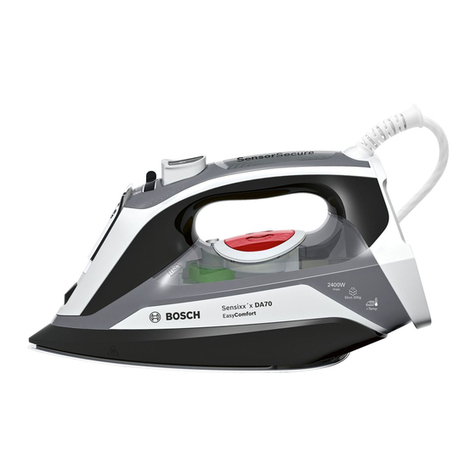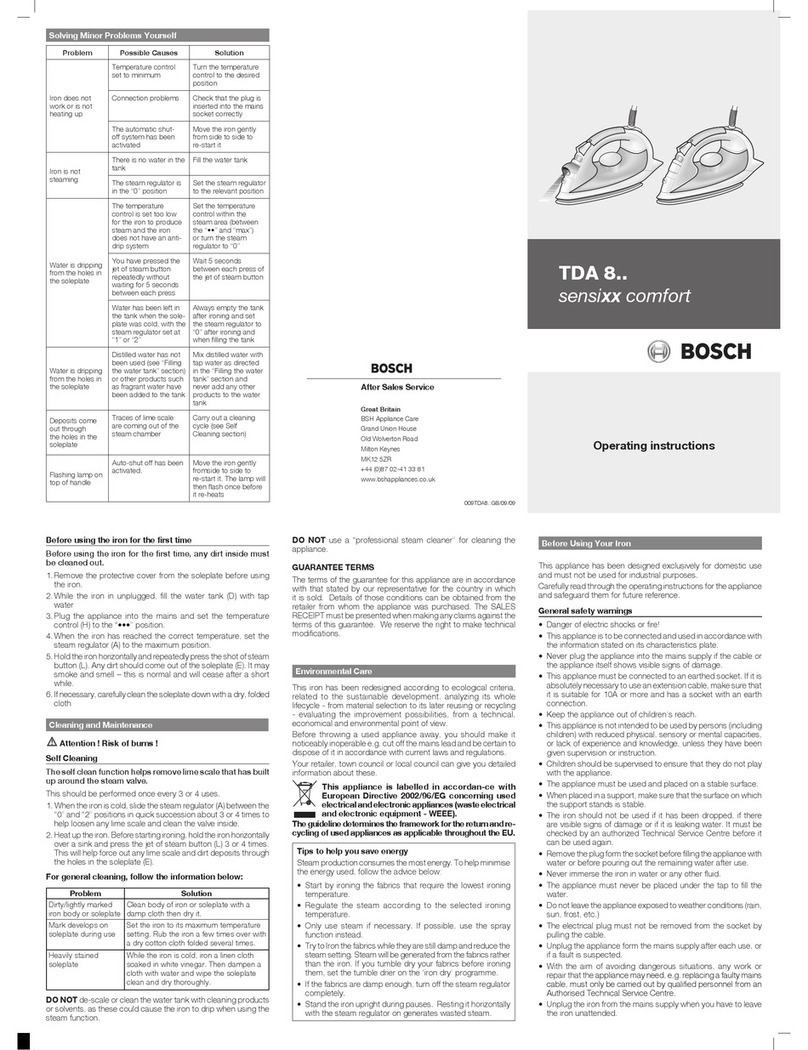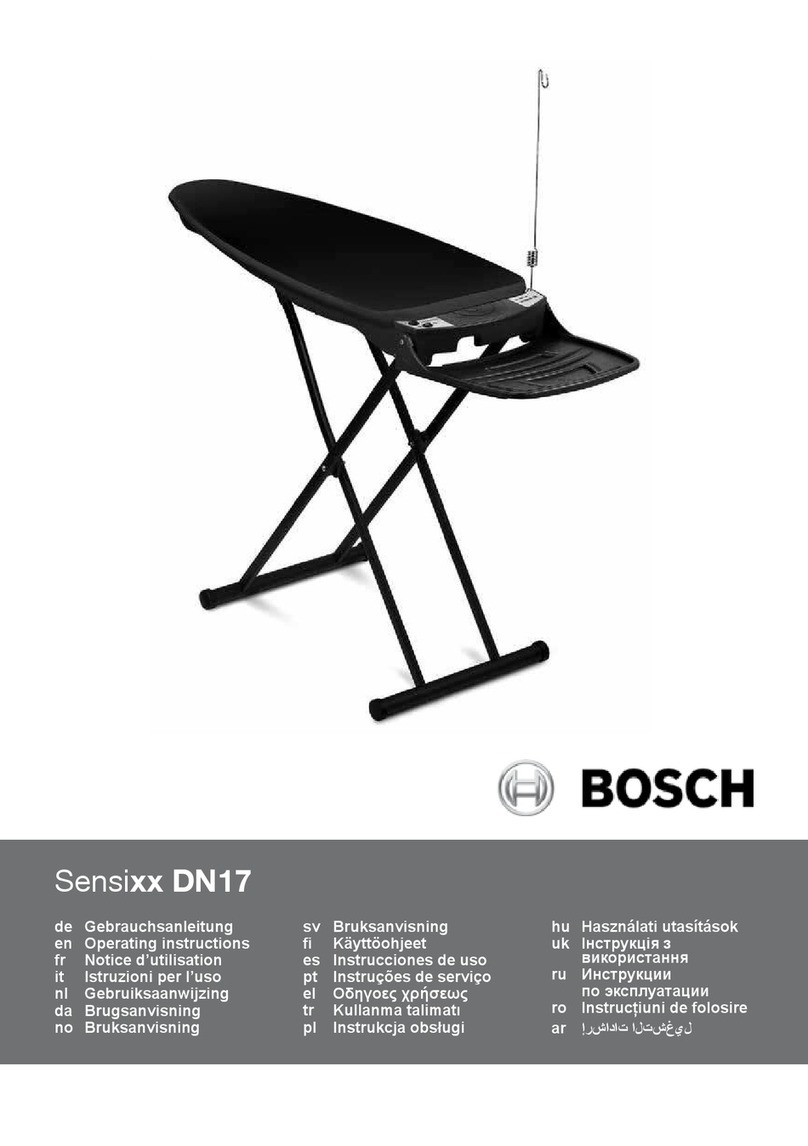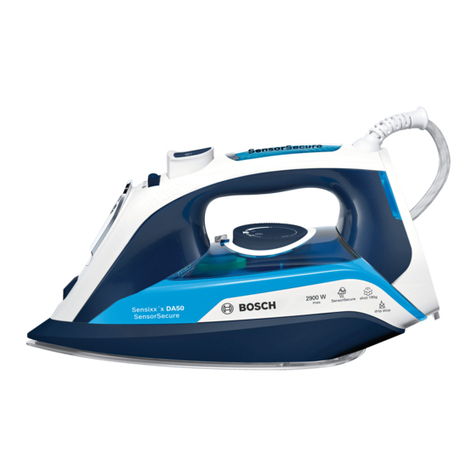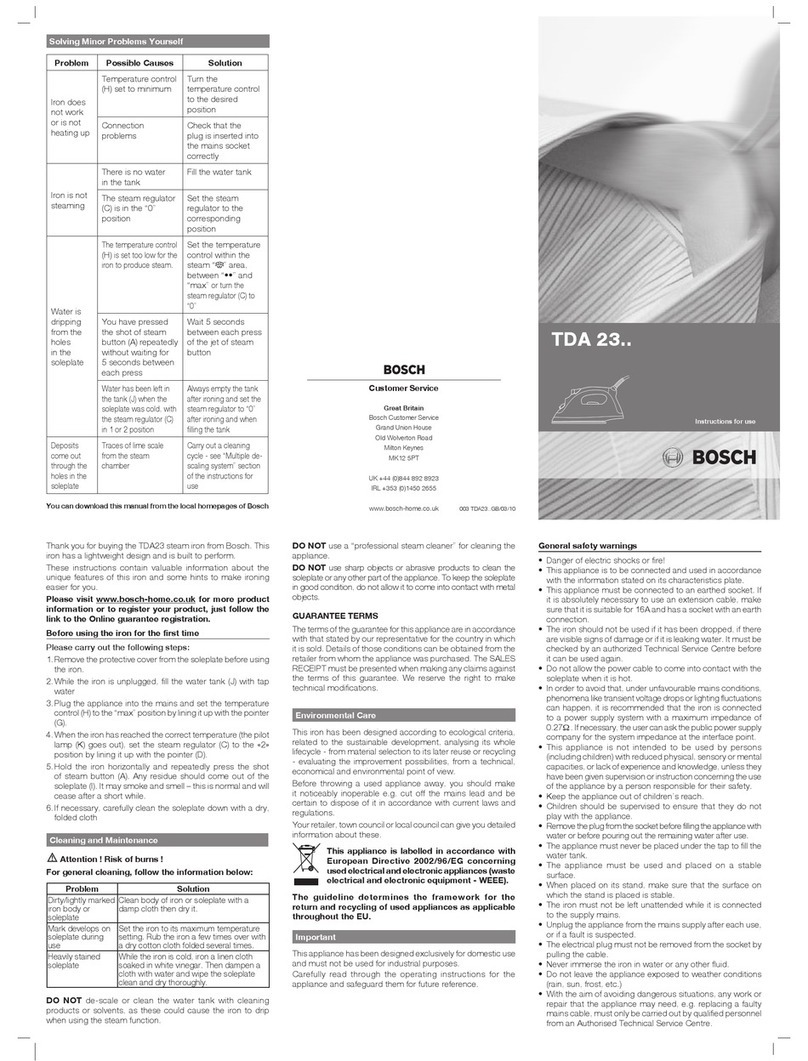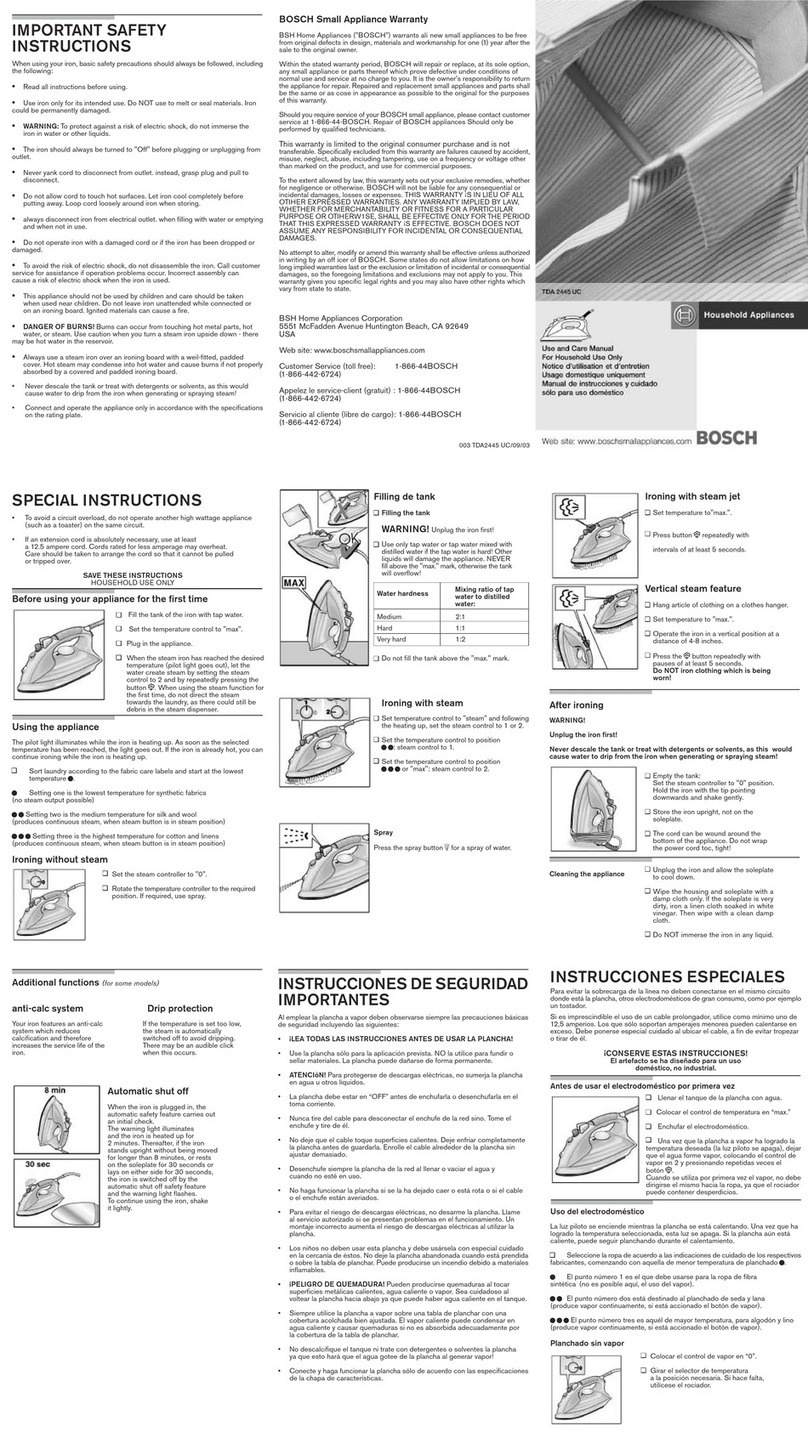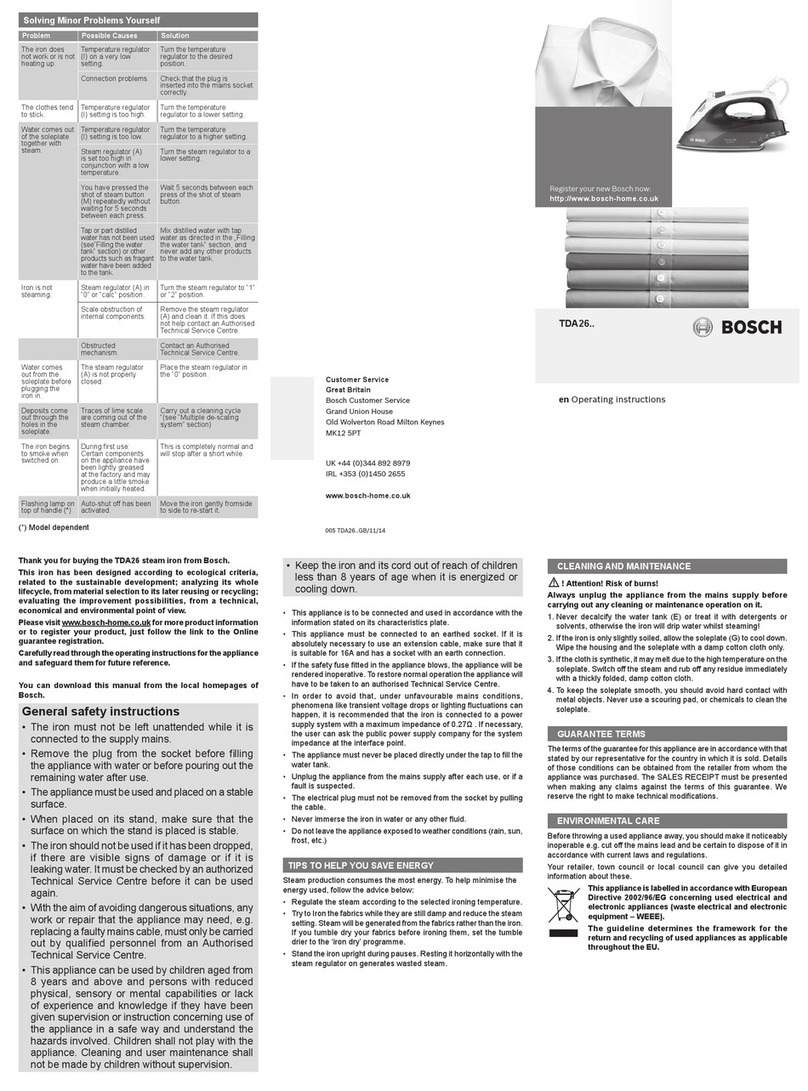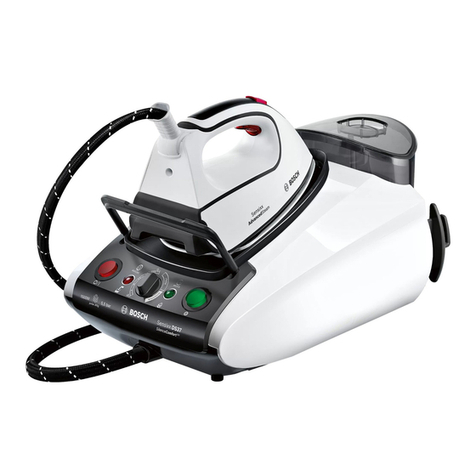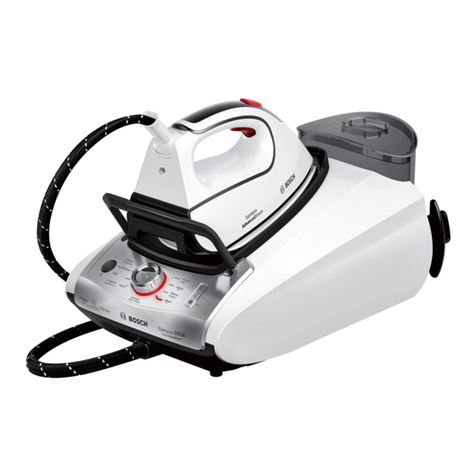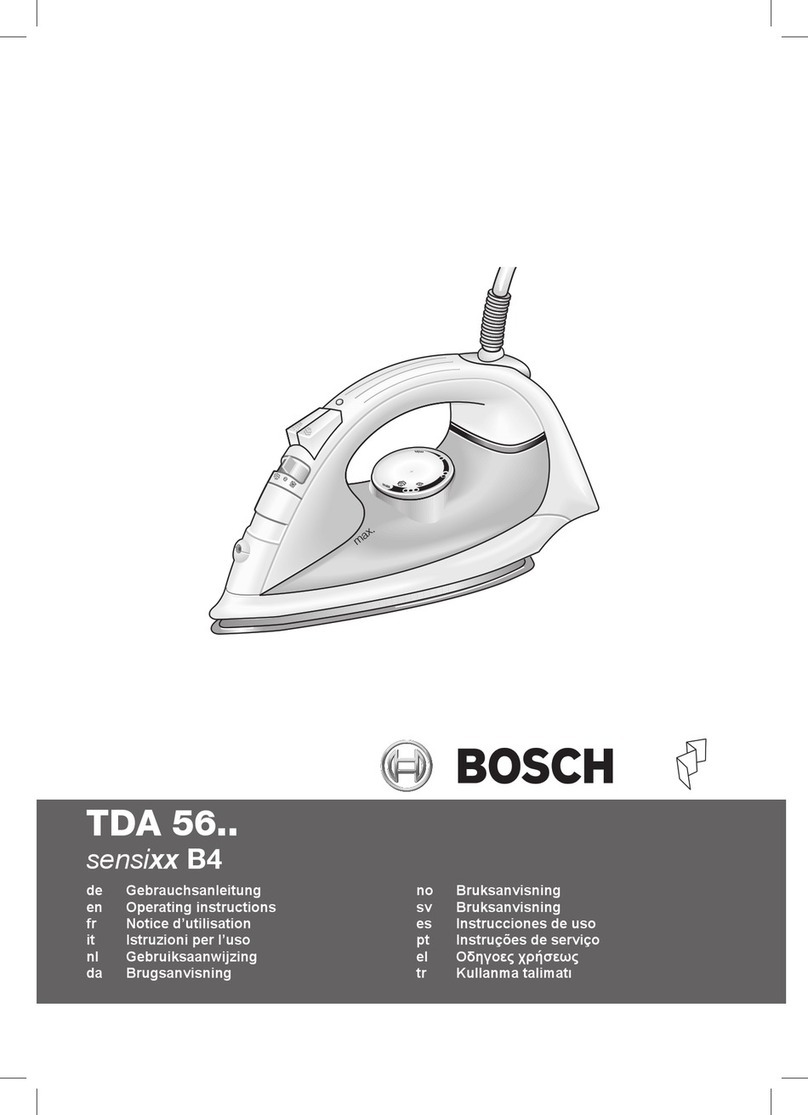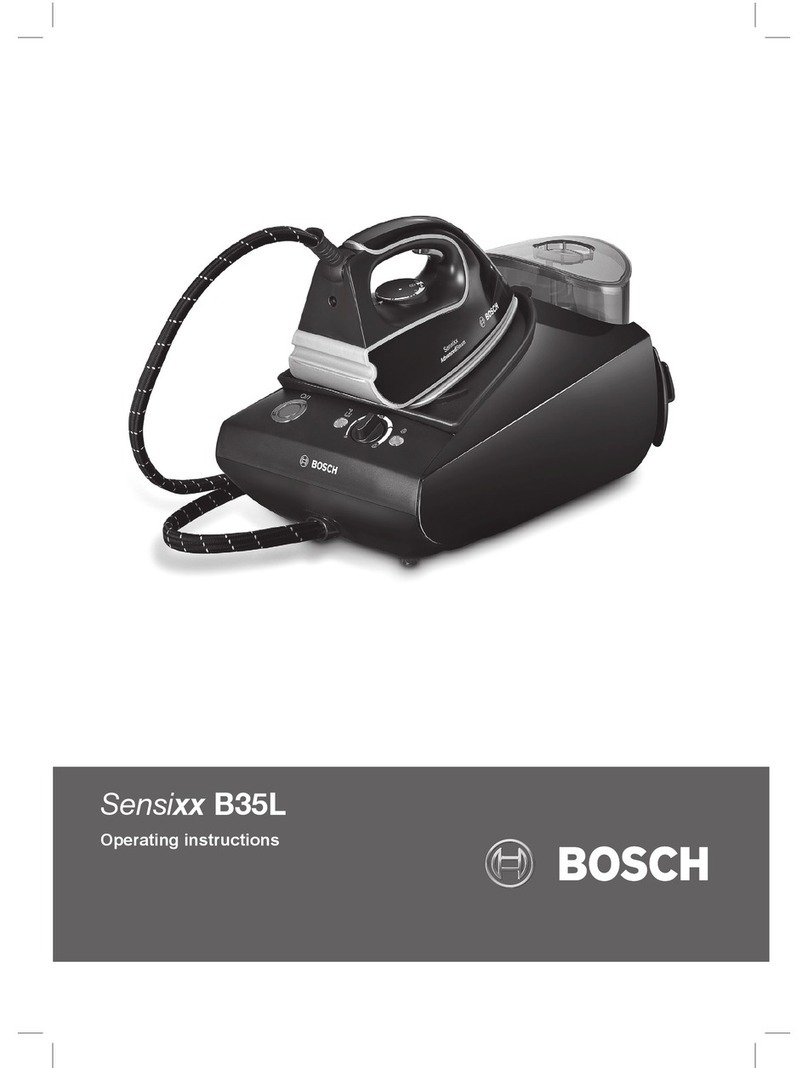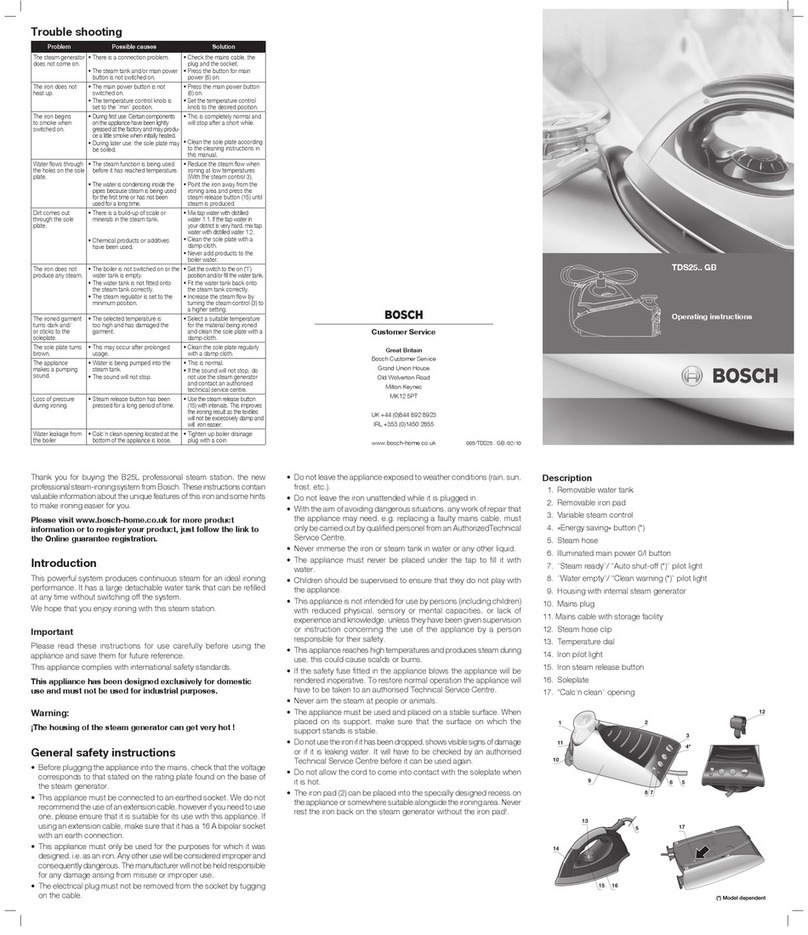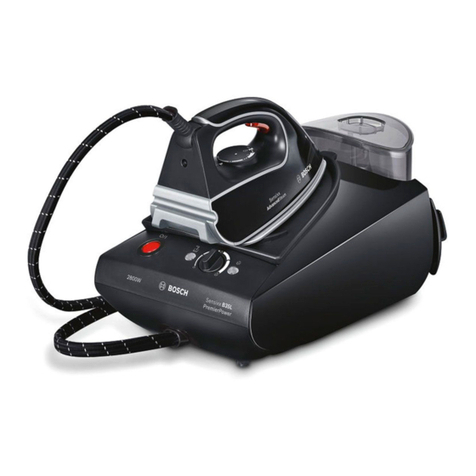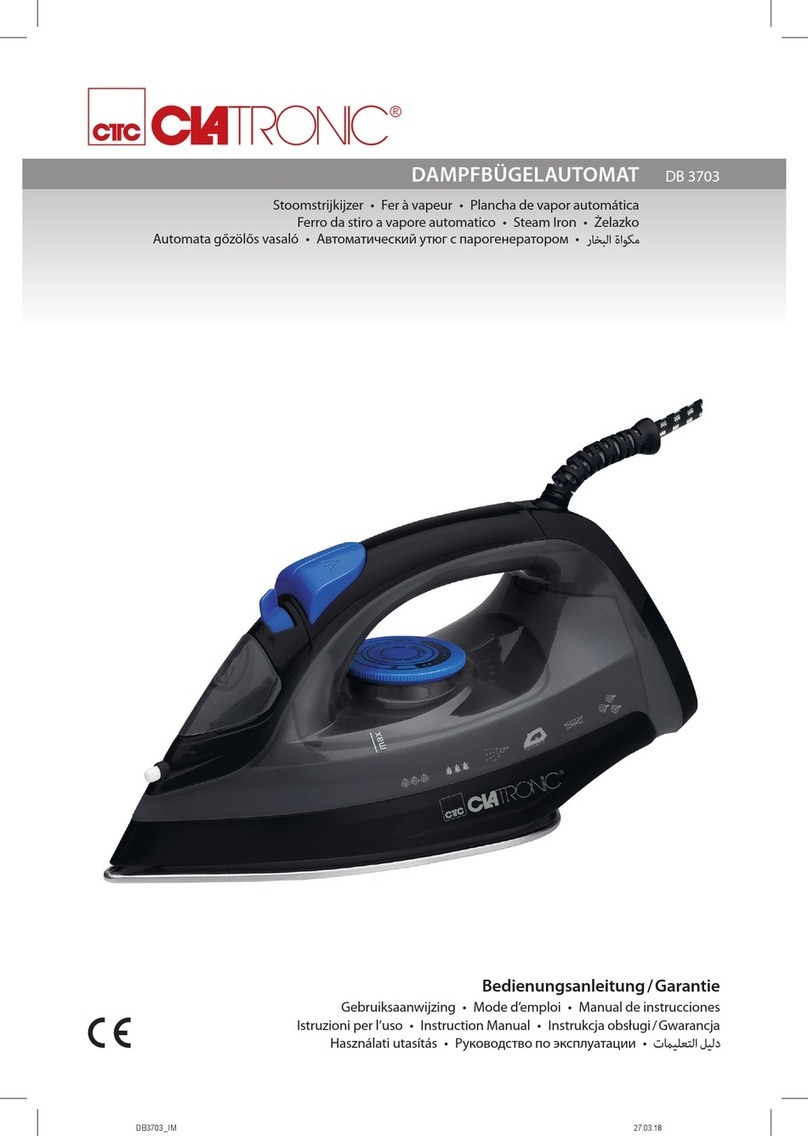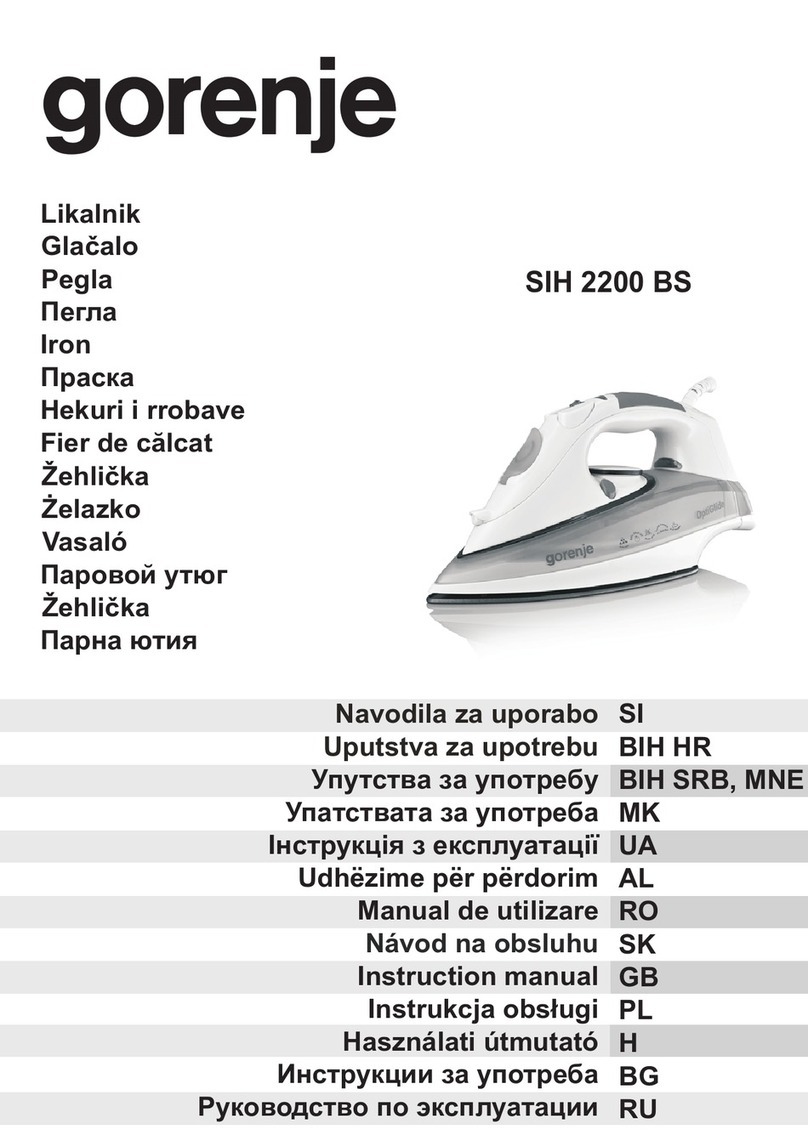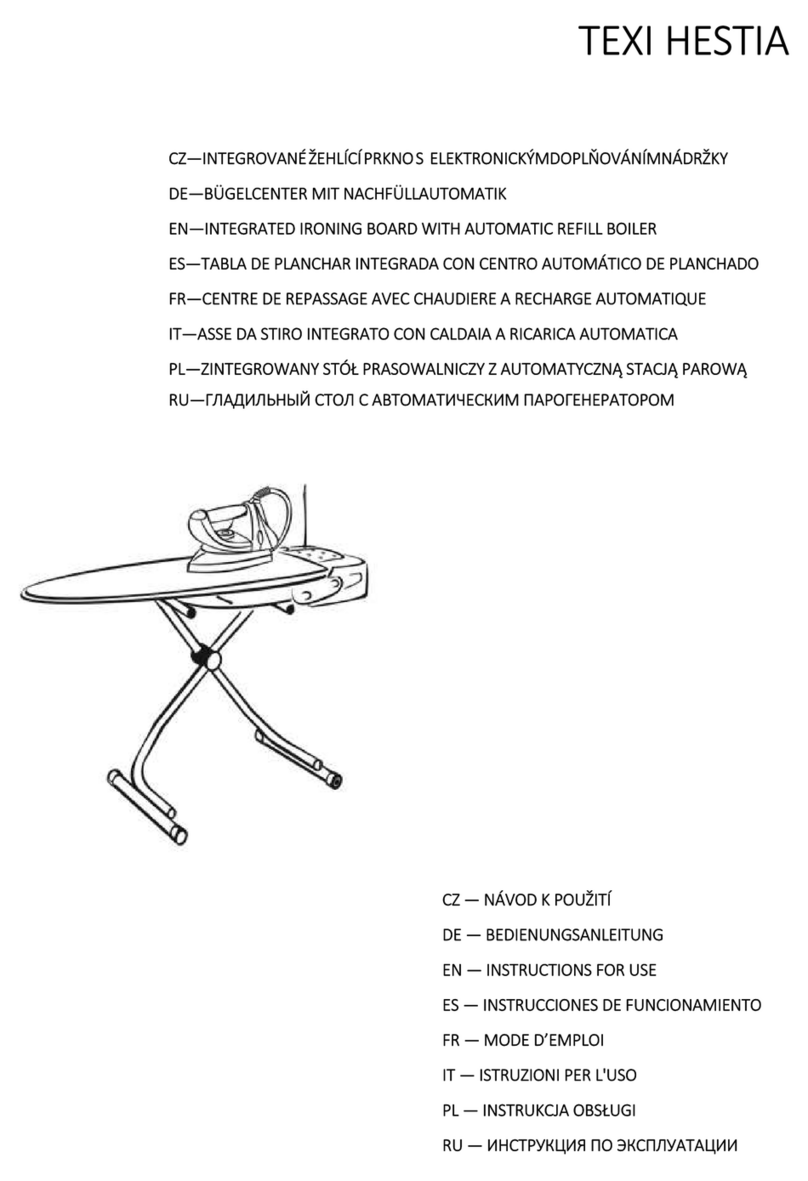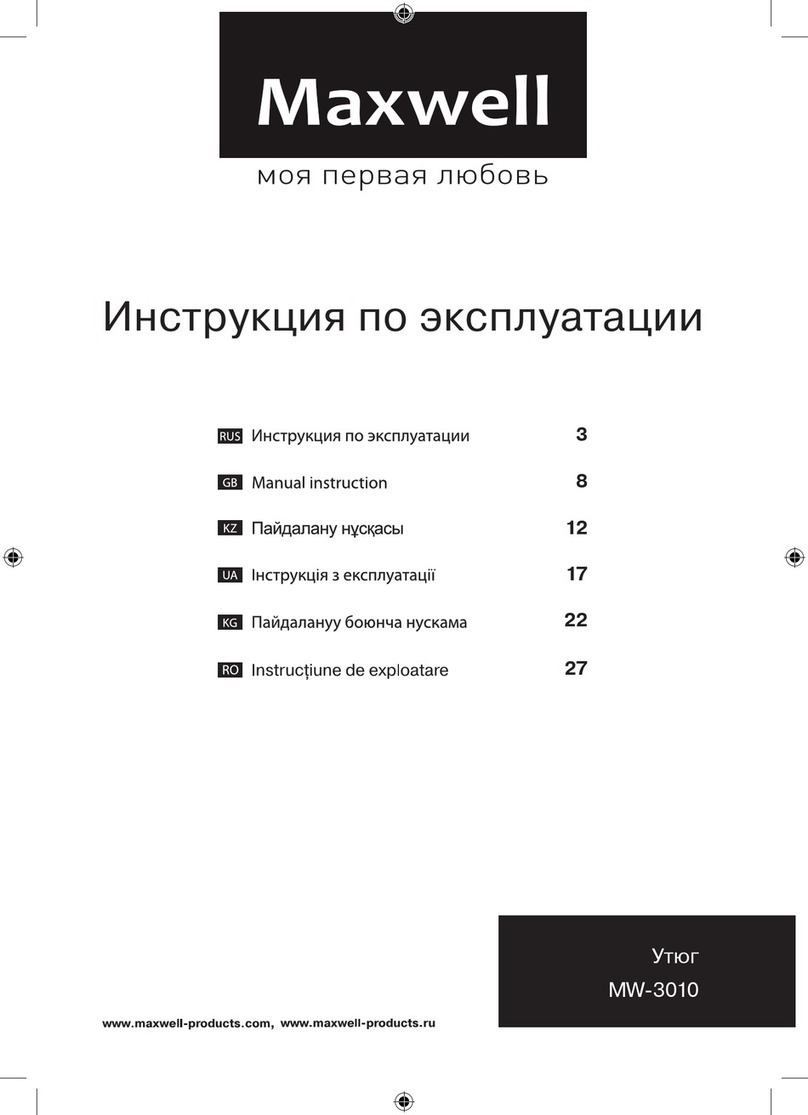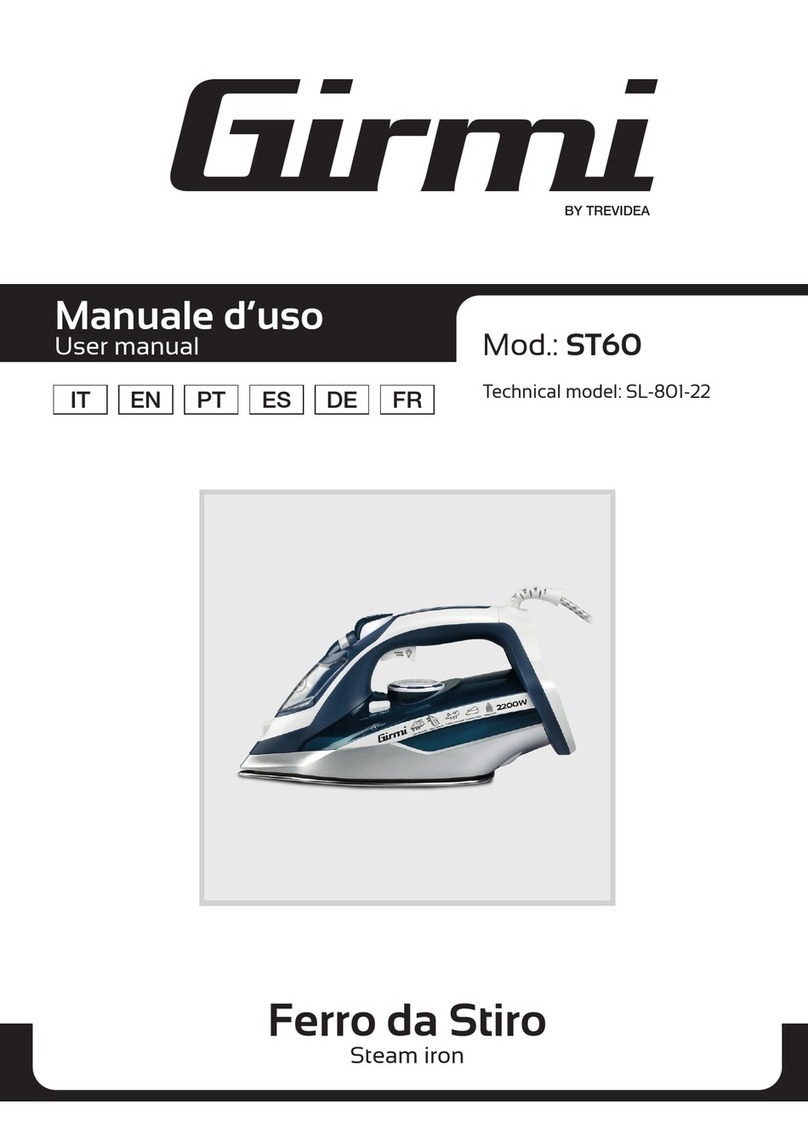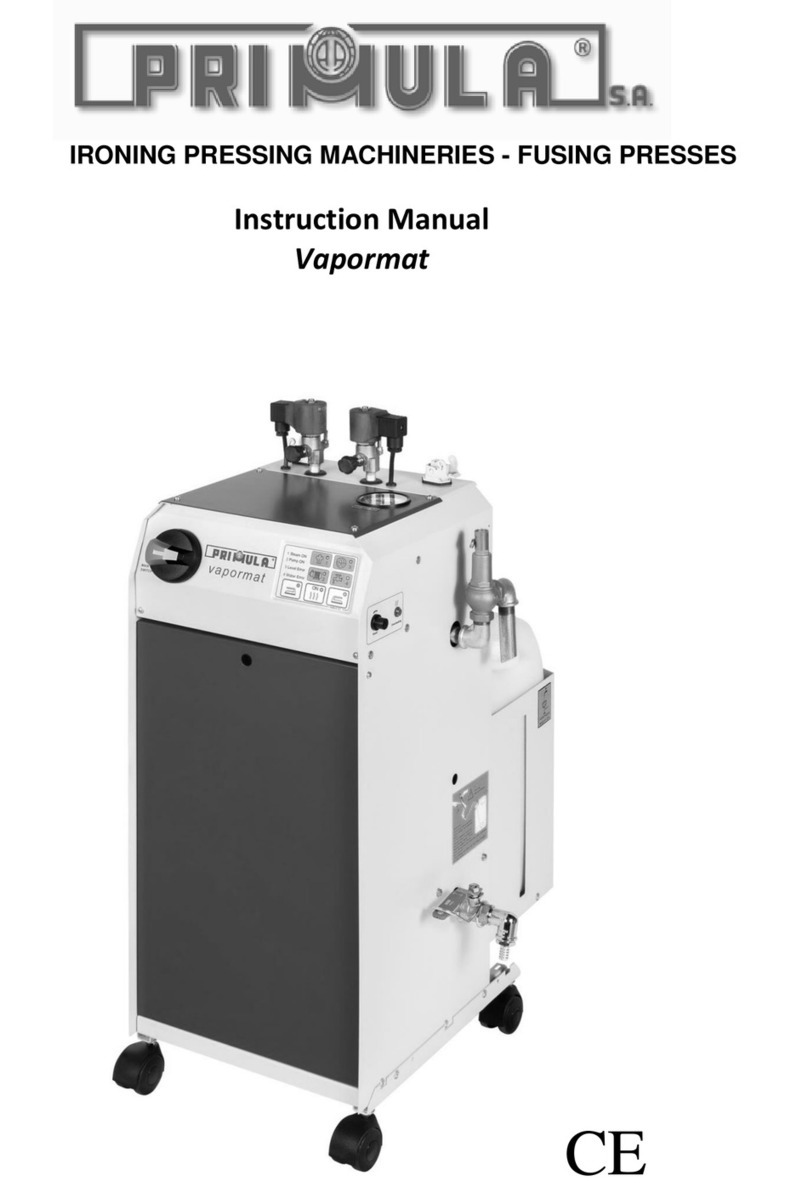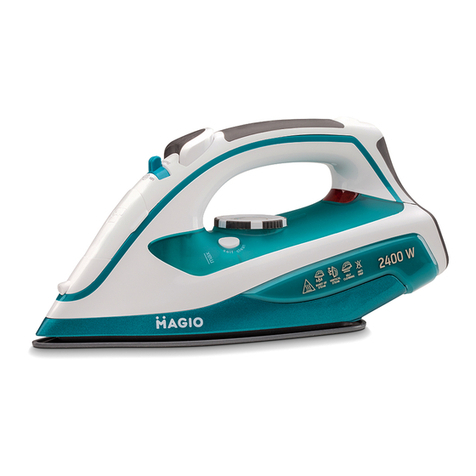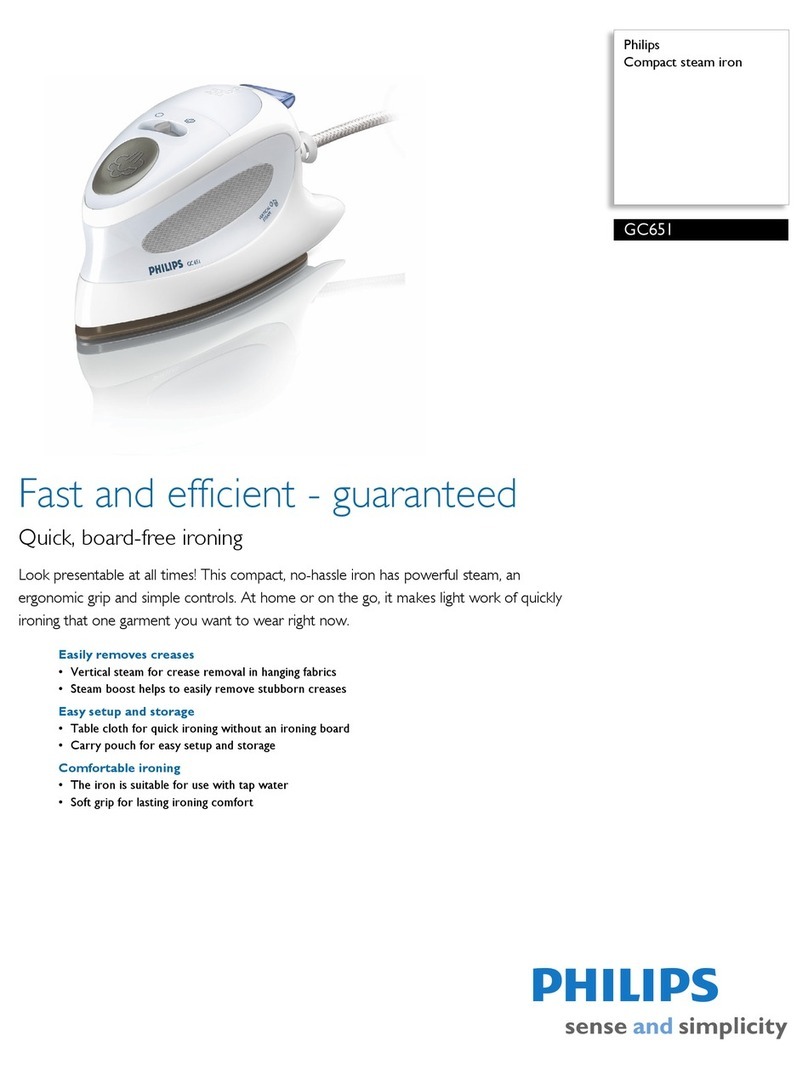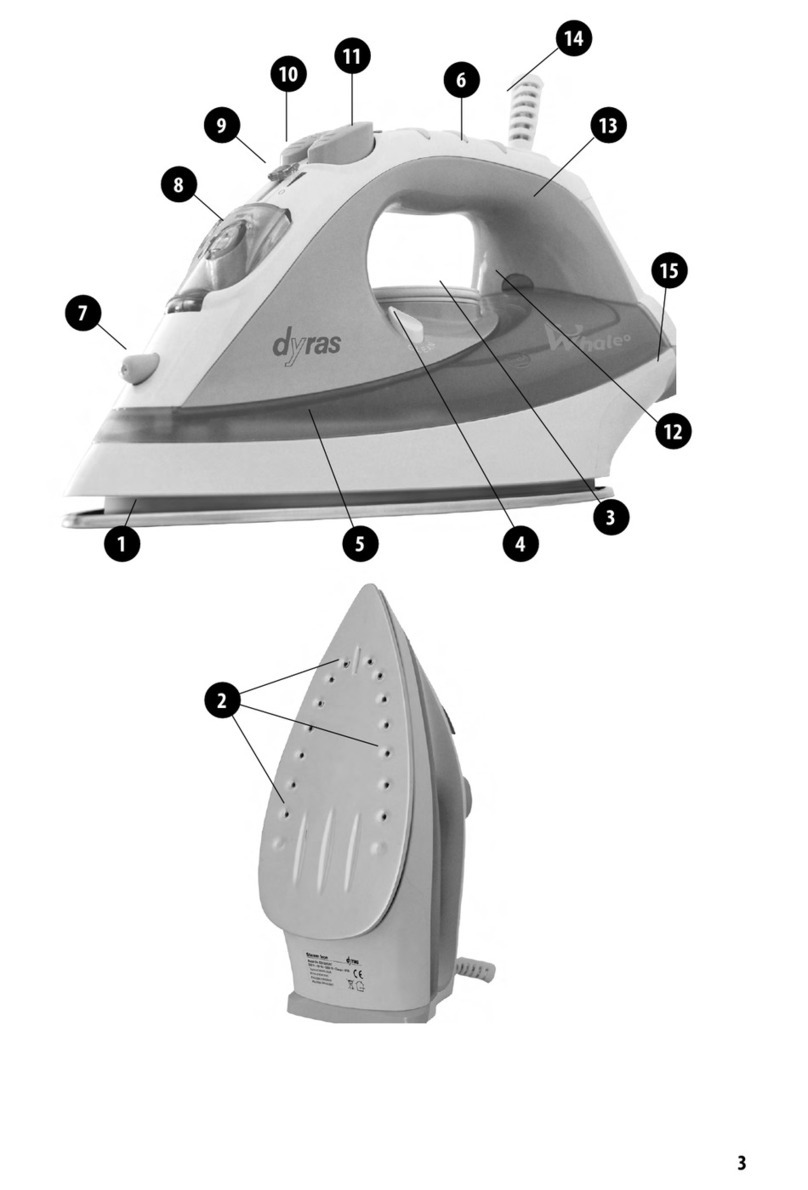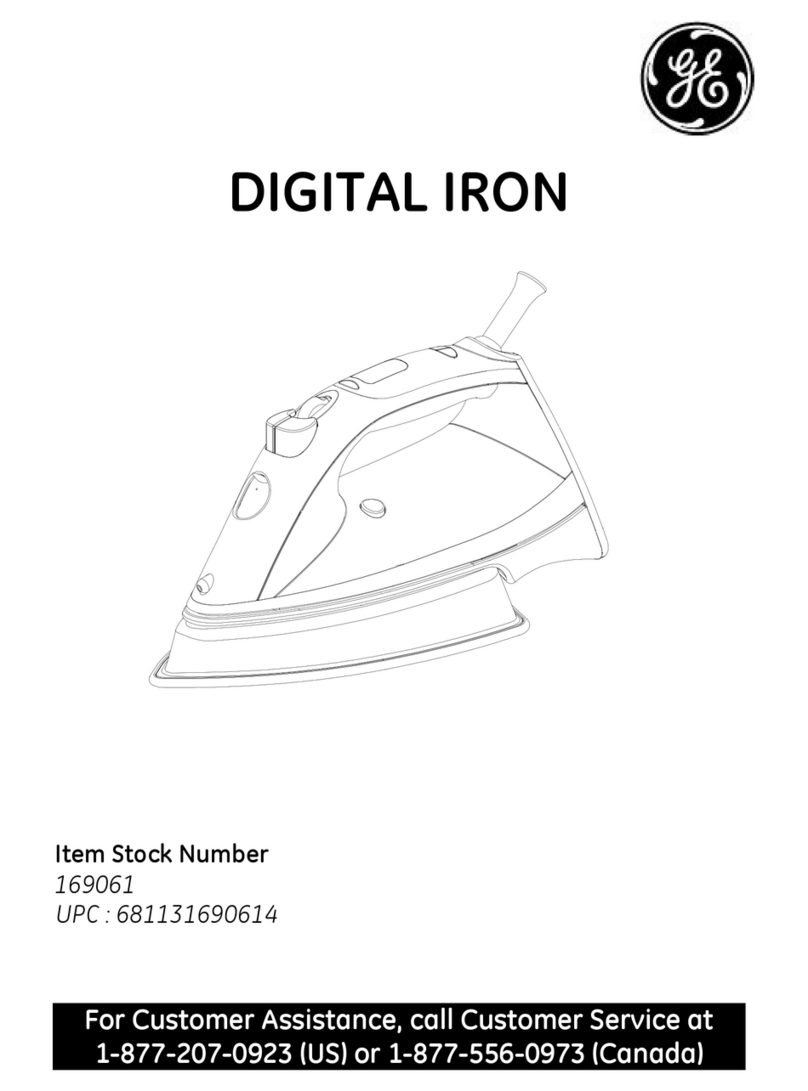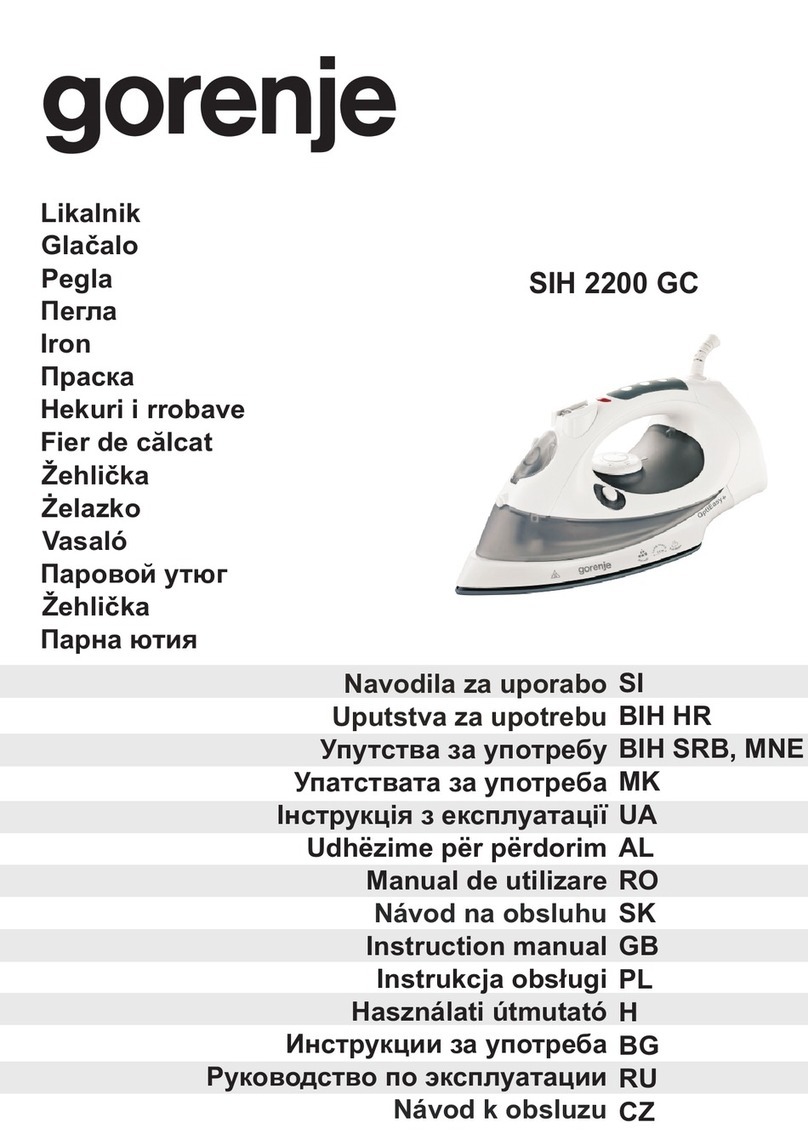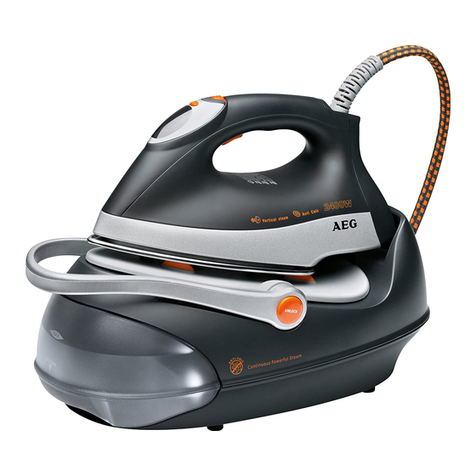
2| Contents
UNI 7000 F6 720 803 940 (2010/03)
Contents
1 Key to symbols and safety instructions 3
1.1 Explanation of symbols 3
1.2 Safety instructions 3
2 Product information 5
2.1 Product overview 5
2.2 Correct use 5
2.3 EU Declaration of Conformity 5
2.4 Operating conditions for Uni 7000 F
cast iron boilers 6
2.4.1 Operating conditions Uni 7000 F 6
2.5 Specification 7
2.6 Accessories 9
3Regulations 10
3.1 Installation location 10
3.2 Quality of heating water 10
3.3 Disposal and recycling 10
4 Installation 10
4.1 Checking the delivery for completeness 10
4.1.1 Delivery as a pre-assembled block 10
4.1.2 Delivery in loose sections 10
4.2 Tools and accessories 11
4.3 Recommended wall clearances 11
4.3.1 Base and boiler plinth 12
4.4 Assembling the boiler block 12
4.4.1 Arrangement of boiler sections 12
4.4.2 Joining the boiler block assembly 13
4.5 Setting up the boiler block
(when supplied as a pre-assembled block) 18
4.6 Inserting the feed pipe (parts case) 18
4.7 Sealing the sensor well (fittings case) 19
4.8 Inserting the outer steam tube (fittings case) 19
4.9 Boiler block pressure test
(only when supplied in loose sections) 20
4.9.1 Preparing for pressure test 20
4.9.2 Perform pressure test 20
4.9.3 Leaking hub joint 20
4.10 Boiler water connections 21
4.11 Installing fittings and burner door
(delivery in loose sections) 22
4.11.1 Positioning the flue gas header 22
4.11.2 Fitting clean-out cover onto rear section 22
4.11.3 Installing the burner door 23
4.11.4 Inserting the hot gas baffle plates 23
4.12 Filling the heating system and checking
for leaks 25
4.13 Installing the burner 26
4.14 Boiler flue connection 27
4.14.1 Fitting the flue pipe sealing collar
(accessory) 27
4.14.2 Fitting the flue gas temperature sensor
(accessory) 27
4.15 Installing the boiler casing 27
4.15.1 Fitting the thermal insulation 27
4.15.2 Fitting the connection plates 28
4.15.3 Fitting side panels and hoods 31
4.16 Making the electrical connection 33
4.16.1 Installing the control unit 33
4.16.2 Installing the temperature sensor set 35
5 Commissioning the heating system 36
5.1 Preparing the heating system for operation 36
5.1.1 Creating operating pressure
(sealed heating systems) 37
5.1.2 Setting the capacity (open heating systems) 37
5.2 Start up the control unit 37
5.3 Starting the burner 37
5.4 Start-up report 38
6 Shutting down the heating system 39
6.1 Standard shutdown 39
6.2 In an emergency 39
7 Heating system inspection and maintenance 40
7.1 Why is regular maintenance important? 40
7.2 Preparing the boiler for cleaning 40
7.3 Cleaning the boiler 40
7.3.1 Clean the boiler with cleaning brushes 40
7.3.2 Wet cleaning (chemical cleaning) 43
7.4 Checking the operating pressure 44
7.4.1 Checking the operating pressure
(sealed systems) 45
7.4.2 Checking the fill level (open systems) 45
7.5 Inspection and maintenance reports 46
8Faults 49
